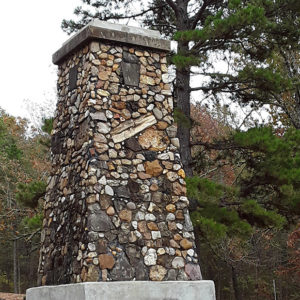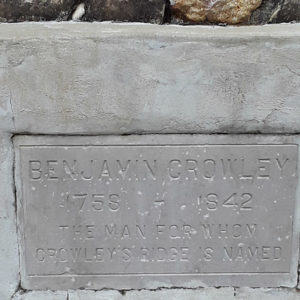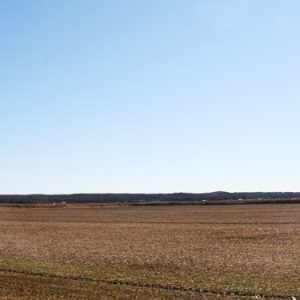calsfoundation@cals.org
Benjamin Crowley (1758–1842)
Benjamin Crowley and his family were among the early settlers of northeast Arkansas. In 1821, they settled near the present community of Walcott (Greene County) on a ridge that would bear his name.
Crowley, one of eleven children of Benjamin and Sarah Strong Crowley, was born in 1758 in Halifax County, Virginia. He married Catherine Annie Wiley of Augusta County, Virginia, on December 15, 1795. They had eight children. Crowley was a surveyor by trade and also raised cattle and dabbled in horse breeding.
By 1785, the Crowleys had relocated to Oglethorpe County, Georgia. They moved to Christian County, Kentucky, by 1810 and moved again to Henderson County, Kentucky, by 1821.
Crowley had served in the military during the War of 1812 and afterward received a land grant of 160 acres west of the Mississippi River in lieu of payment for his service. Later in 1821, he and his family began the journey west to claim his land in Arkansas. During their journey, Crowley learned that his lands had sunk during the New Madrid Earthquakes of 1811–1812 and that he would need to find undamaged lands to petition for in place of his original grant.
After crossing the Mississippi at Cape Girardeau, Missouri, Crowley entered Arkansas on the west side of the Black River, following the only mail route into what was then Arkansas Territory. After stopping on the Spring River near the present boundary between Lawrence and Randolph counties to plant a crop and wait for the spring rains, Crowley and his five sons traveled east to look for a place to make a permanent settlement.
The party first crossed the Black River at Davidsonville in present-day Randolph County and traveled east to cross the Cache River before moving into the hill country north of the current site of Walcott. When they found the springs that are common in the area and good lands running to the Cache River bottoms, Crowley reportedly told his sons, “This is good enough.” The family soon moved to this location; Crowley’s sons settled on land along the ridge near their father’s property. One of the sons, Samuel, extended his claim to Eight Mile Creek, so named because the creek was eight miles from Benjamin Crowley’s homestead.
When news of the inexpensive farmland that Crowley found got back to Kentucky, many of his relatives, friends, and former neighbors moved to northeast Arkansas. As the settlement around Crowley’s plantation grew, he became known as the leader of the community. In 1832, a post office named Crowley was established, and it existed until 1910.
The residents of Crowley and the surrounding area soon began to discuss the formation of a new county so that the settlers would not be required to travel to the courthouse in Davidsonville about thirty miles away to transact business. In August 1833, a group of area residents, including Crowley, Isaac Brookfield, and Lawrence Thompson, met at Crowley’s home to begin the process that resulted in the formation of Greene County. In November, a temporary county seat was established at Crowley’s home, and the first session of court in Greene County was held there. The Greene County seat was moved to Gainesville in 1848 and to Paragould in 1883.
At some point, possibly during Crowley’s life, residents began referring to the ridge of rolling hills that run from southeast Missouri to Helena (Phillips County) as Crowley’s Ridge. One source attributes the naming of the ridge to the Crowleys themselves when they settled.
In 1933, the Crowley plantation was selected as the site for Crowley’s Ridge State Park. The park was constructed by the Civilian Conservation Corps and opened in 1936.
Crowley died in 1842. He and his wife are buried in Shiloh Cemetery in the state park.
For additional information:
Hansbrough, Vivian. “The Crowleys of Crowley’s Ridge.” Arkansas Historical Quarterly 23 (Spring 1954): 52–62.
———. History of Greene County Arkansas. Little Rock: Democrat Printing & Lithographing, 1946.
Mueller, Myrl Rhine. A History of Greene County, Arkansas. Little Rock: Parkhurst Book Design, 1984.
Jeff Bailey
Arkansas State University
 Crowley Monument
Crowley Monument  Crowley Monument Detail
Crowley Monument Detail  Crowley's Ridge
Crowley's Ridge  Greene County Court Plaque
Greene County Court Plaque 




I read in this article that he and his wife were buried in Crowleys Ridge State Park, but where I live, on the hill across from my house is an old graveyard, all with the Crowley name. There are I believe five young childrens graves and a large marker with the name “S Crowley.” One day, I went to show a couple of friends the old graveyard and saw that one of the childrens grave had been dug up, which still hasnt been filled in.